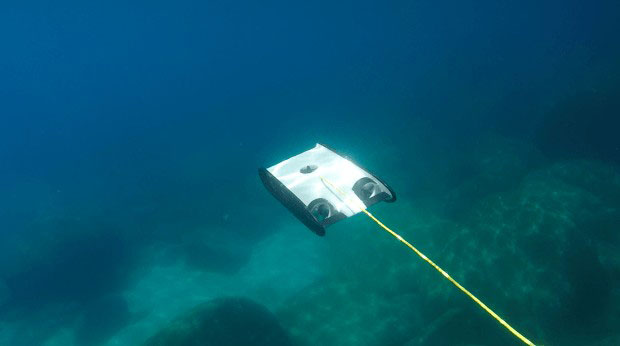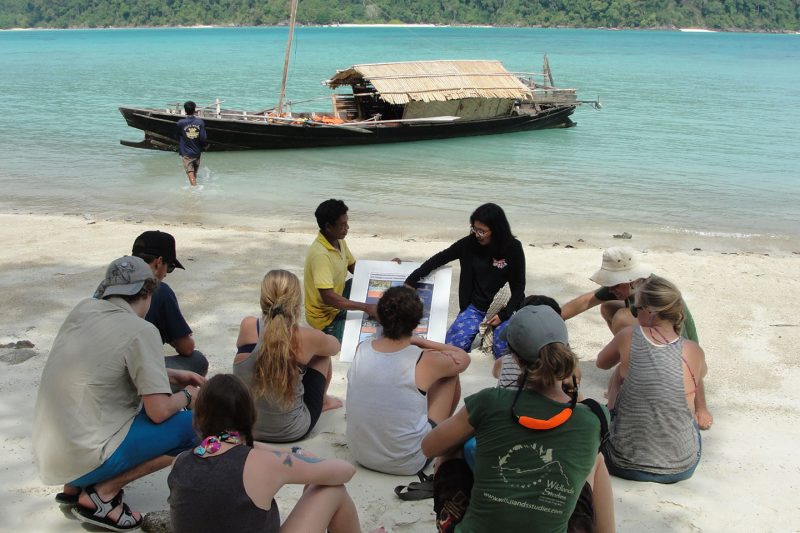Analyzing oil ‘fingerprints’ to track polluters: Petroleum and Petrochemical College works to solve growing environmental problem
Source: https://www.wallpaperflare.com
Every year, people who live near the coast or in mangrove forests in Thailand find oil slicks and tar balls on their shores. This harms the environment, living things, and tourism.In the last few years, the problem has gotten worse.
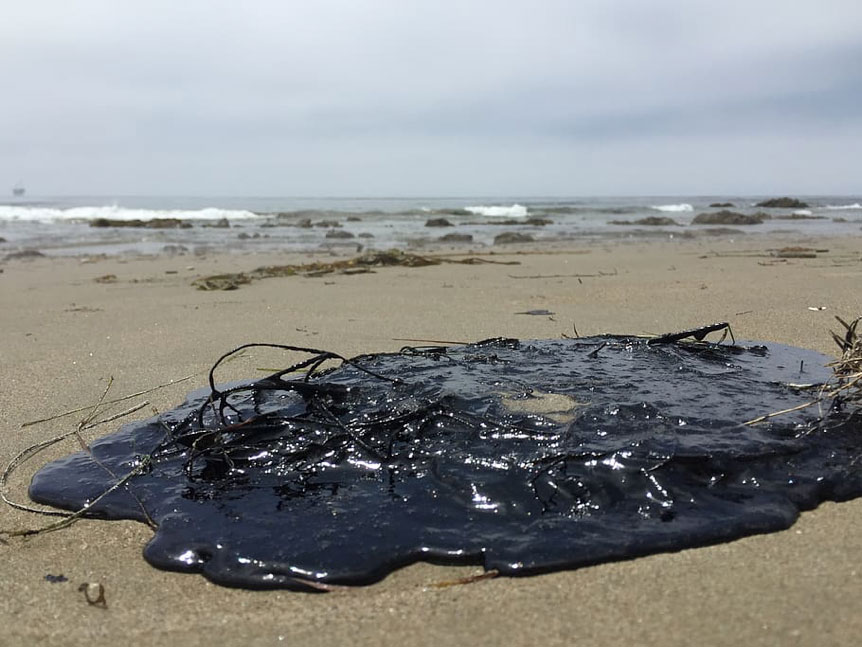
According to the Department of Marine and Coastal Resources, the Marine and Coastal Resources Research and Development Institute of Chulalongkorn University has found 44 oil slicks along the coasts of the Gulf of Thailand and the Andaman Sea that can’t be explained.
Thirty of these oil slicks are on the eastern coast of the Gulf, from Trat to Chon Buri. As well, data from the Department of Pollution Control shows that, in 2017 and 2018, there were more than 10 cases of oil slicks and tar balls on various islands, including Koh Samui and Koh Phangan in Surat Thani province, along with Thung Sang beach in Chumphon, Thung Pradoo beach in Prachuap Khiri Khan, and Mae Ramphung beach in Rayong.
Where the oil slicks and tar balls came from needs to be investigated in order to find the oil transporters or production companies responsible for the ecological damage.
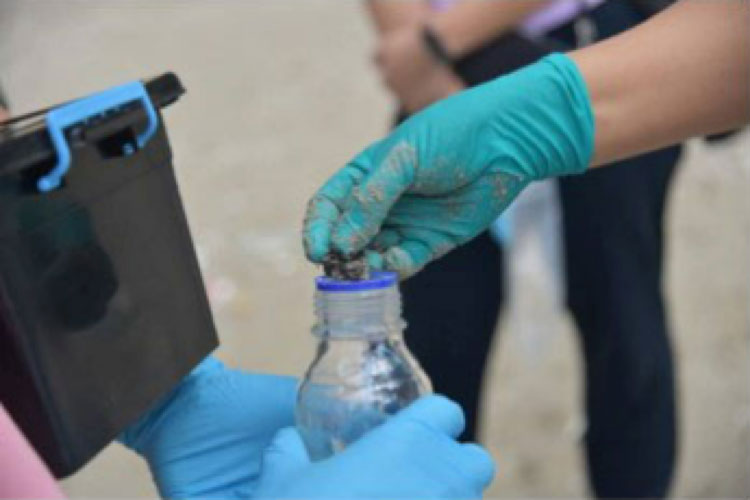
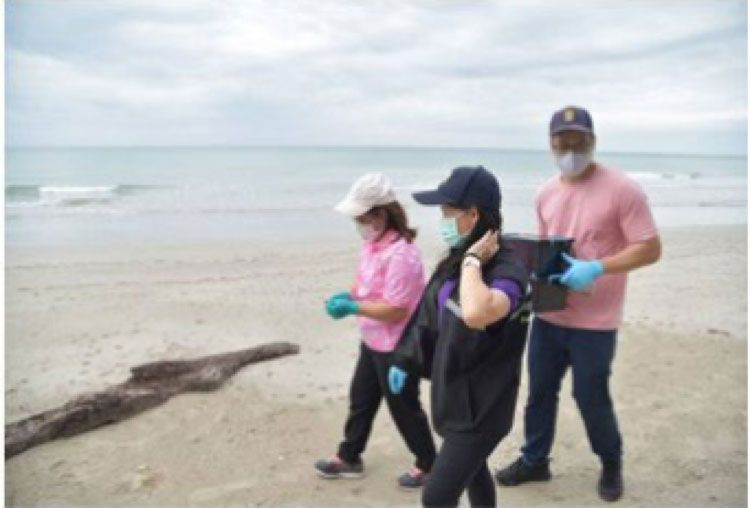
The Petroleum and Petrochemical College of Chulalongkorn University is helping in this effort to identify the “fingerprints” of oil slicks. It began its analysis of crude oil and related products in 2011 to determine the origin of the tar balls after oil spills in the Gulf of Thailand.
“We employed international standards in the study and development of the process we used to identify the origin of the oil slicks by analysing the biomarker, which is equivalent to the fingerprint of the oil,” explains Associate Professor Dr. Siriporn Chongphativuthi of the College. “We can tell the type of oil and its origin if there is a database of oil fingerprints.”
The ecological damage caused by these tar balls has severe and far-reaching consequences, she says. “These oil slicks floating in the water will react with oxygen, lowering the amount of oxygen in the water and stopping photosynthesis in plankton, seaweed, and other marine plants. This will change how bacteria dissolve in the water. Because of this, fish, soil animals, corals, and even water birds are in danger.”
Toxic chemicals also build up in the food chain, from plankton to marine life and finally to humans, who are the last consumers. The economy, tourism, fishing, and farming of aquatic life are also affected.
There is a biomarker in each tar ball. This is a substance that doesn’t dissolve in the environment, like the sea, and can be found with a two-dimensional gas chromatograph mass spectrometer (GCxCC TOFMS). This is the only method that can accurately separate complex biomarker substances.
For sample analysis to effectively identify the origin of tar balls or crude oil, it is necessary to have a database of fingerprints and other characteristics of the various types of oil that are assumed to be the source of the sampled materials.
A memorandum of understanding (MoU) was signed for the development of a database of crude oil and relevant oil product fingerprints in Thailand in order to improve the ability of local researchers and others to identify the source of oil slicks.
Participating alongside the Petroleum and Petrochemical College, which is contributing its expertise and analytical technology, are a number of public and private sector organizations.
The data will be gathered together and used by machine learning for the analysis of 2D-GC of oil sheen. The crude and relevant oil products will be classified using Artificial Intelligence/Deep Learning.
This identification process will help solve the problem of illegal oil dumping more effectively and link spills to culprits who can then be held accountable for compensation for damages.
Oil slicks have become a cross-border pollution problem because, once they form, the slicks spread out and, in most cases, it is not known where they come from. Only about 20 percent of them can be traced to their origins.
Currently, Thailand imports oil from 99 international sources, and 23 oil companies are involved in the import business.
These companies’ oil samples were collected and analysed for comparison with samples from oil slicks or tar balls in order to identify the markers.
The markers are chemical substances with specific characteristics of decomposed organisms that have been entombed for millions of years in the process of petroleum formation.
These distinct characteristics of petroleum from various origins serve as fingerprints that can be used to determine their origins.
Dr. Siriporn explains, “When we can trace the origins of oil slicks or tar balls, we can hold the responsible parties accountable for the restoration and conservation of marine and coastal ecological systems and to prevent future oil spills.”
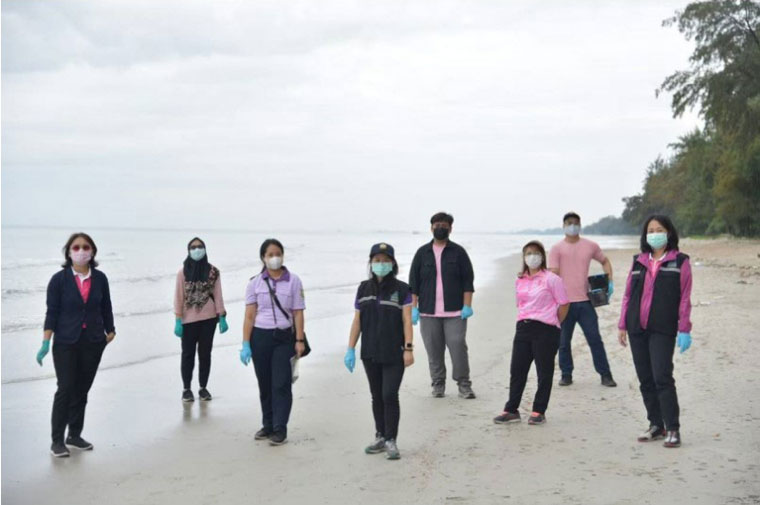
The MOU was signed by ten parties on November 21, 2018.They consist of the Pollution Control Department, the Harbor Department, the Department of Marine and Coastal Resources, PTT Global Chemical Pcl, the Customs Department, the Finance Ministry, the Coordinating Centre for the Protection of Marine Interests of the Royal Thai Navy, the Synchrotron Light Research Institute, and the Association for Petroleum Industry Conservation.
Chaya Chanthavasu, assistant managing director of PTT Global Chemical, believes the database will encourage oil business operators to handle crude oil and related products with greater care than in the past.
In addition, he claims that plans to prevent a recurrence of oil contamination in sensitive areas will aid in mitigating negative effects on the ecological system and biodiversity.
Additionally, the pertinent laws and policies will be clarified to reduce disputes over who should be held liable for damages caused by oil spills or tar balls.
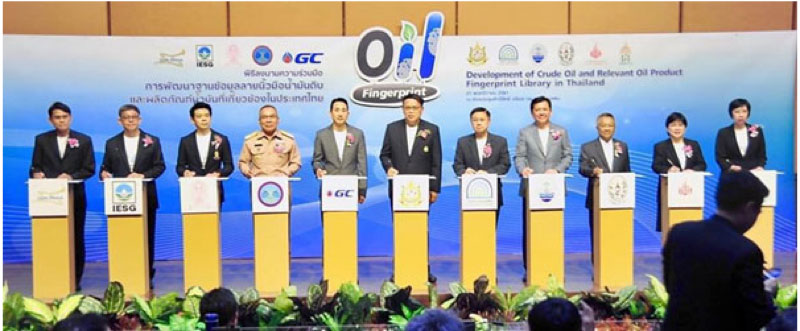
BY
The Petroleum and Petrochemical College, Chulalongkorn University
Related articles:
- http://sustainable.ppc.chula.ac.th/crude-oil-fingerprinting/
- http://sustainable.ppc.chula.ac.th/wp-content/uploads/2022/09/Presentation-sildes-oil-fingerprinting-27Apr2022.pdf
- https://www.epo15.go.th/environmental_knowledge/detail/59/data.html
- http://sustainable.ppc.chula.ac.th/oil-fingerprint-library/
Related SDGs
Others
From Life of Sea Nomads to Sustainable Development of Ethnic Groups
“Security and sustainability should be based on the beliefs and the way of life of the traditional community.”



